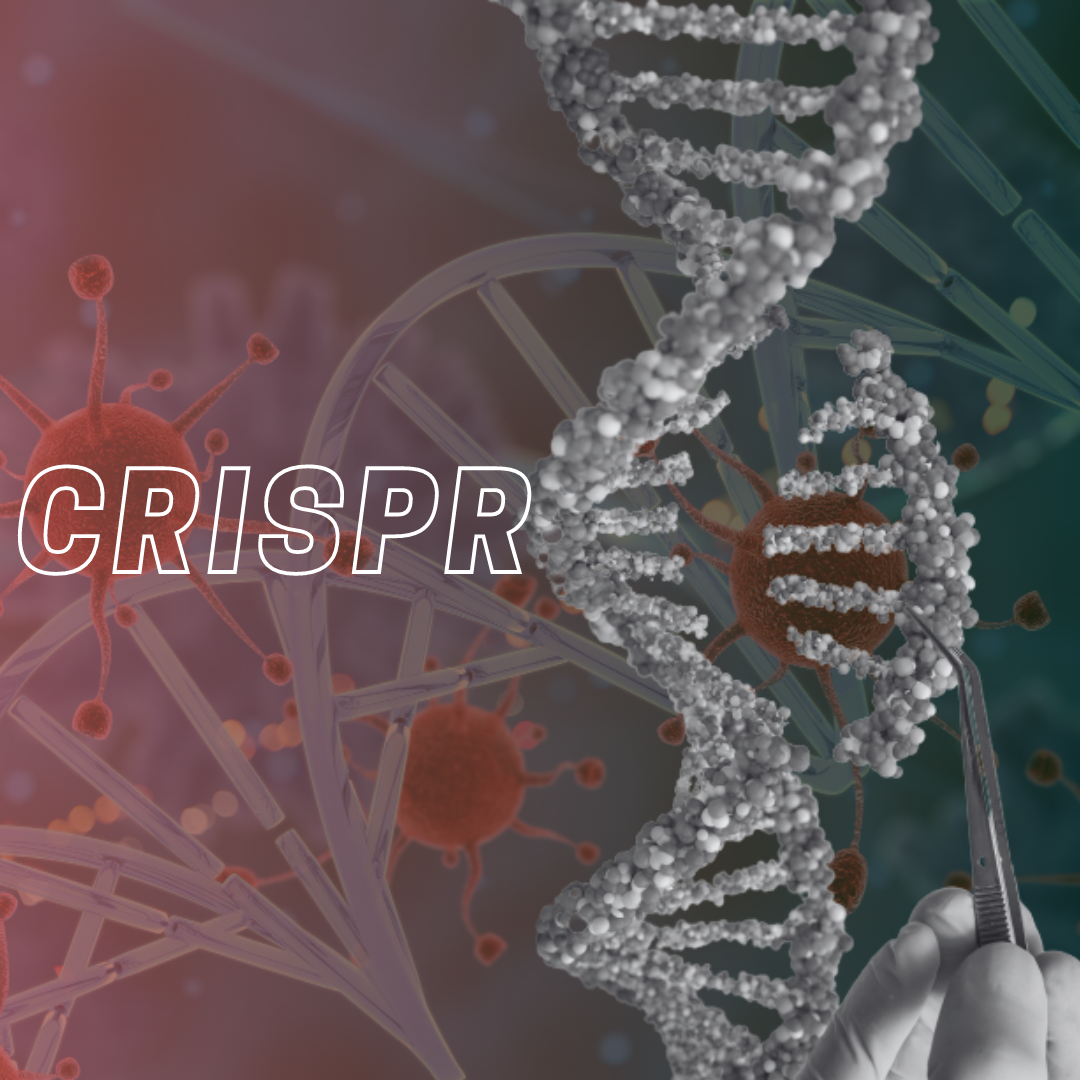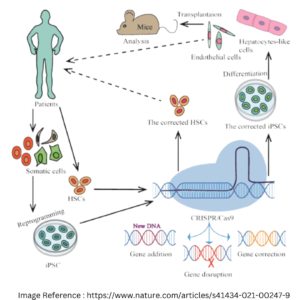Nutrigenomics and Burger Selection: A Personalized Approach to Fast Food

Introduction:
In recent years, the field of nutrigenomics has gained significant attention for its potential to revolutionize the way we approach nutrition. Nutrigenomics explores how an individual’s genetic makeup influences their response to different foods and nutrients. This emerging science has the power to help us make more informed dietary choices, even when it comes to indulging in fast food favorites like burgers. In this article, we will delve into how nutrigenomics can help identify which types of burgers might be suitable for certain individuals.

Understanding Nutrigenomics:
Nutrigenomics is the study of how our genes interact with the foods we consume. It acknowledges that not everyone metabolizes food in the same way, and genetic variations can influence our nutritional needs and responses. This field allows for a personalized approach to nutrition, ensuring that individuals can make dietary choices that are not only enjoyable but also compatible with their genetic makeup.
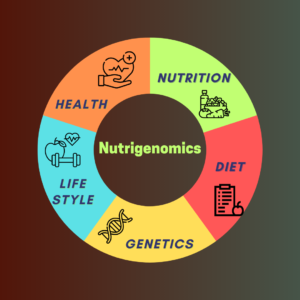
The Burger Dilemma:
Burgers are a beloved fast food option worldwide, but they often come with a reputation for being high in saturated fat, salt, and calories. However, thanks to nutrigenomics, we can now explore how different types of burgers may be suitable for specific genetic profiles.

- Lipid Metabolism Genes:
- Some individuals may have genetic variations that make them more efficient at metabolizing dietary fats. For them, a burger with a leaner meat patty might be a suitable choice.
- On the other hand, those with genetic predispositions to slower fat metabolism might benefit from burgers with leaner meats and fewer added fats.

- Salt Sensitivity Genes:
- Nutrigenomics can help identify people who are more sensitive to dietary sodium. For these individuals, choosing a burger with lower salt content or opting for a turkey or veggie burger might be a better choice.
- Carbohydrate Metabolism Genes:
- Individuals with variations in their carbohydrate metabolism may find that whole-grain or low-carb burger bun options are more suitable for them.
- Inflammatory Response Genes:
- Some people have genetic variations that make them more prone to inflammation. For them, choosing burgers with anti-inflammatory toppings like avocado and leafy greens could be beneficial.
- Antioxidant Metabolism Genes:
- People with genetic variations affecting their antioxidant metabolism might benefit from burgers rich in antioxidants, such as those with lots of colorful veggies or a slice of tomato.
Conclusion:
Nutrigenomics is changing the way we approach food, including beloved fast food options like burgers. It allows us to move away from a one-size-fits-all approach to nutrition and instead tailor our choices to our unique genetic makeup. While enjoying a burger, it’s important to consider your own genetic factors and make informed choices that align with your specific nutritional needs and preferences. This personalized approach to fast food can help individuals satisfy their cravings while maintaining a healthy and enjoyable diet. Remember, the burger you choose should not only tantalize your taste buds but also complement your genes for a truly satisfying dining experience.
TEAM GeneAura
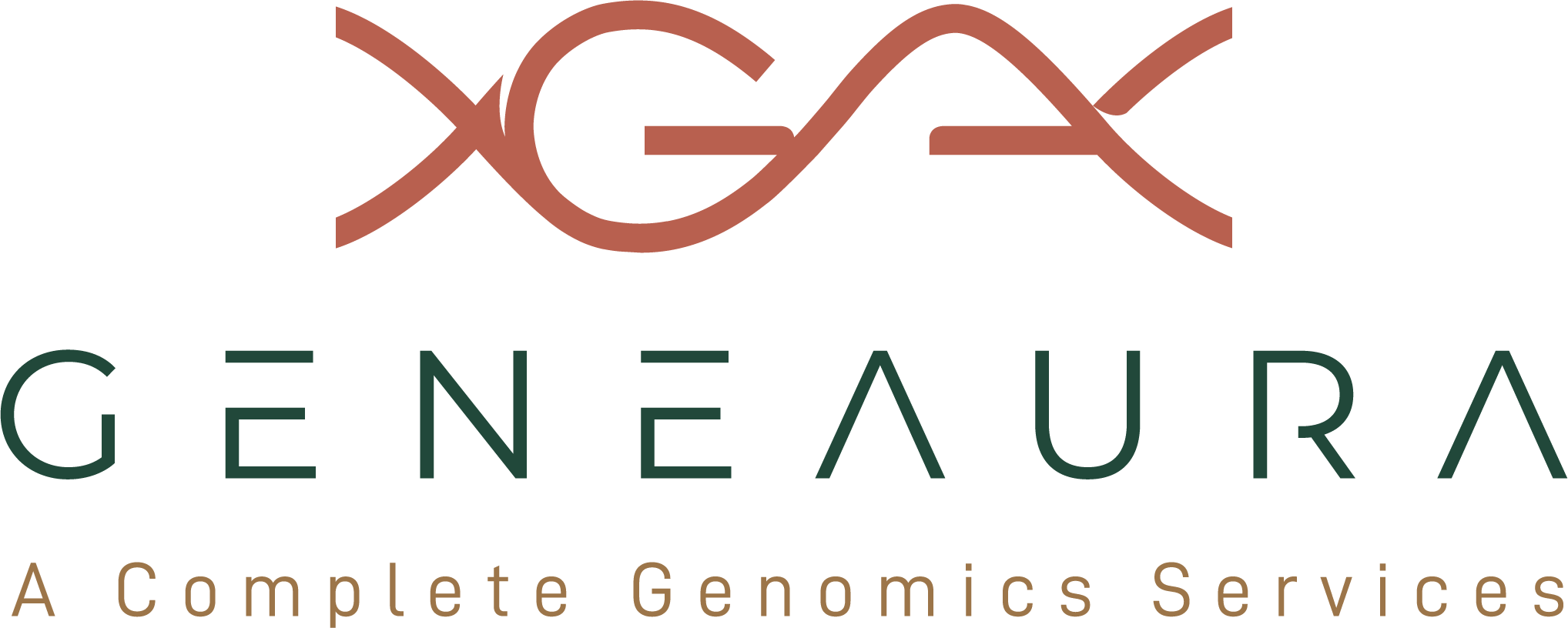


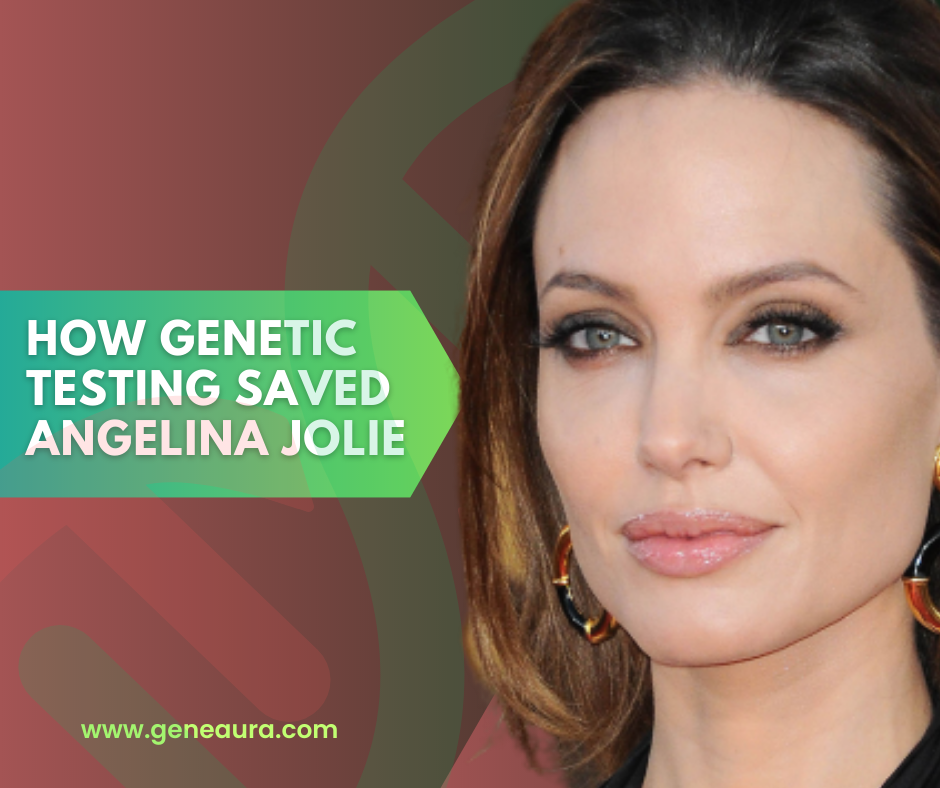
 Image Reference : National Cancer Institute
Image Reference : National Cancer Institute



